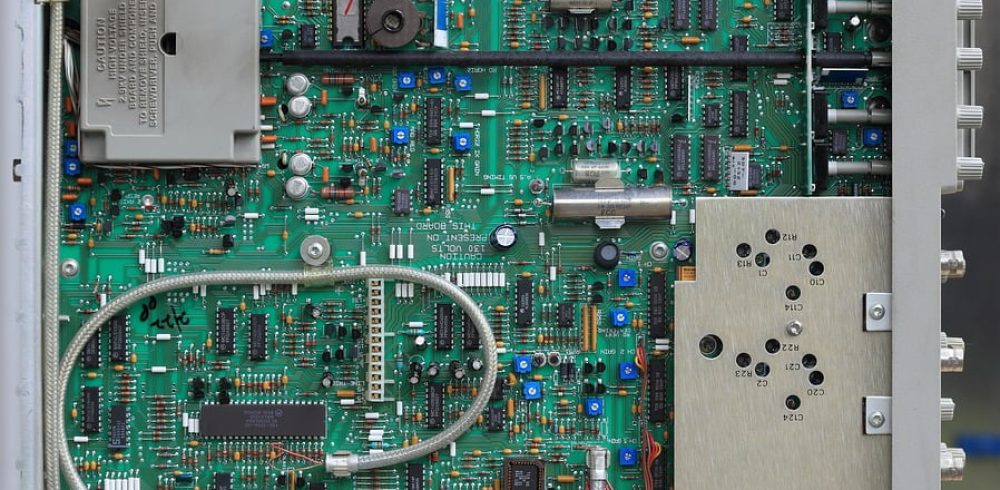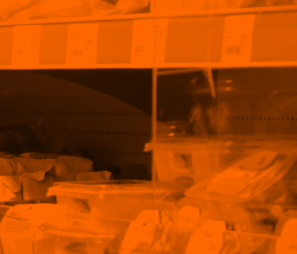Receiver testing for MIPI standards has always been a challenge for engineers and test equipment manufacturers. Fortunately, as technologies have evolved, the choice of test and measurement equipment has expanded to keep pace.
D-PHY â the MIPI Allianceâs first PHY â has been adopted widely over the last 10 years. MIPI standards have evolved from this starting point, with an emphasis on application based PHYs and on providing more choices for the mobile community to implement PHYs based on consumer use cases and the market served. For example, C-PHY is an option for high end cameras, while D-PHY is used for camera and display. M-PHY continues to drive storage applications, like universal flash storage, or UFS.
Alongside adding new PHYs, MIPI has evolved its specifications to meet demand for higher data rates, lower power and increased performance. Today, D-PHY operates up to 4.5Gbit/s, compared to 500Mbit/s when it was launched. Meanwhile, M-PHY runs at up to 11.6Gbit/s and C-PHY can operate at 3Gsample/s.
As the specifications have evolved, so have the needs for testing them. Some of the typical test and measurement challenges that engineers are facing include increased complexity in physical setup, maintenance of the setup, inability to generate a variety of stresses and the ability to generate various encoded patterns, all with the exact amount of jitter each time.
The use of arbitrary waveform generator (AWG) technology is gaining momentum when it comes to testing MIPI receivers, especially for D-PHY and C-PHY.
While AWGs with sufficient performance are available, MIPI receiver test needs for D-PHY and C-PHY call for updates to the requirements in terms of signal or stress generation â and this puts specific constraints on AWGs. These constraints include:
* Channel sample rate. The D-PHY 2.0 specification is currently at 4.5Gbit/s and C-PHY, currently at 3Gsample/s, is expected to match D-PHY in future revisions. AWG sample rate is determined using the conservative four samples per unit interval (4 SPUI) calibration approach. So, to support a data rate of 4.5Gbit/s, you need a sample rate of 18Gsample/channel (channel sample rate = data rate x SPUI). If C-PHY data rates reach 4.5Gsample/s, this would have a similar requirement.
Given the performance of currently available devices, a typical test setup would require two synchronised AWGs. While some AWGs may be able to support current C-PHY data rates in a single chassis, the setup does not scale for future data rates and would not support the current D-PHY spec in a single AWG with four channels. Therefore, a two channel AWG sampling at 25Gsample/ch will soon be needed and, to future proof investments, designers need to think about their setups and how they scale to meet the future needs.
Read more at http://www.newelectronics.co.uk/electronics-technology/arbitary-waveform-generators-for-testing-mipi-phys/149331/















